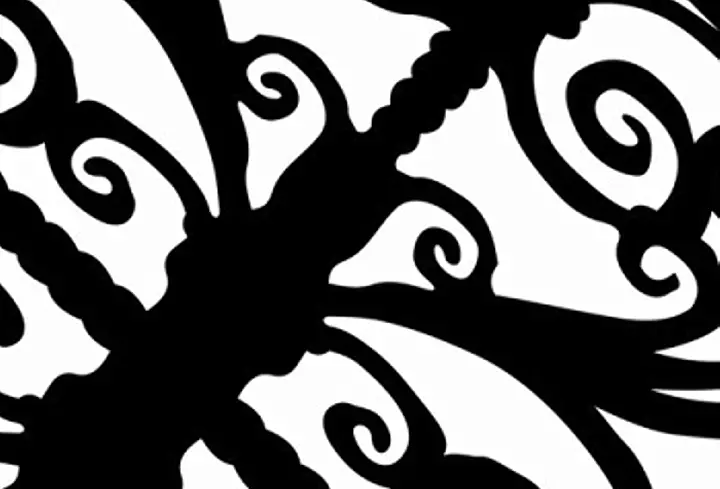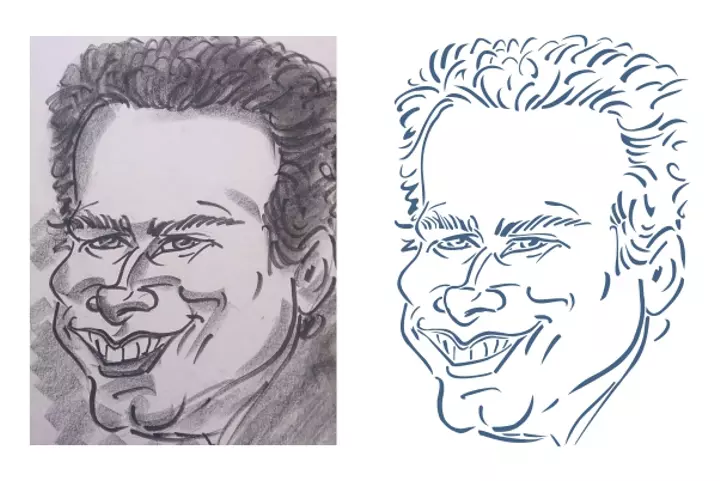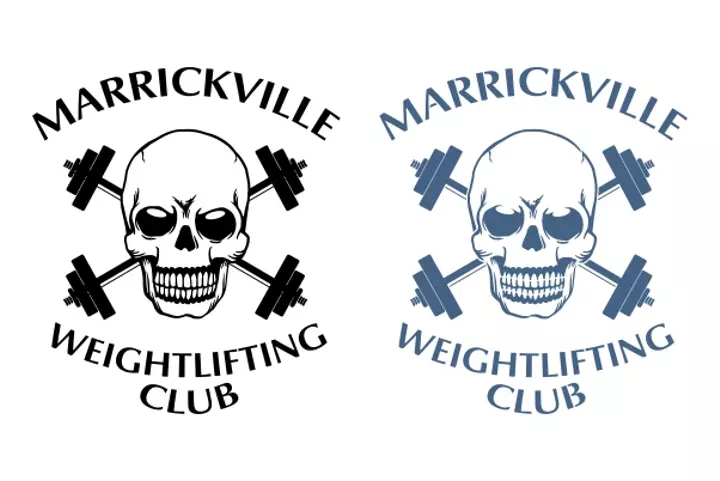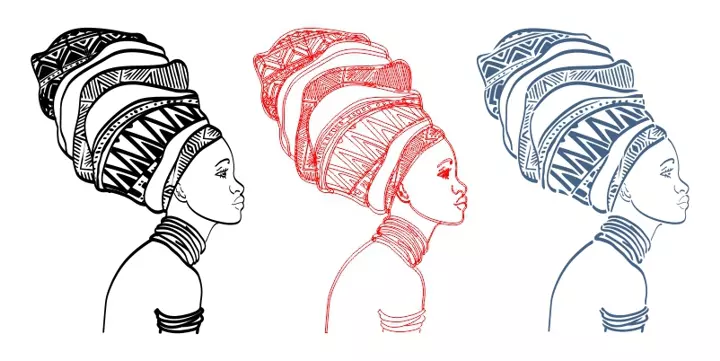
Visual artwork can be created in any number of ways using a variety of materials and processes. Some artists simply use pencil and paper; others paint on canvas, while for professionally commissioned projects other artists might turn to technology for the benefits of precision and accuracy. A sign writer, for example, might use a laser cut stencil to produce consistent signage for their client and obtain the very best results. For this, it is clearly important to use quality artwork as well as high-quality laser machines, making sure that the parameters and software settings are correct. This is the foundation of any quality job and is precisely what Vector & Raster Laser Services can assist you with.
What We Do
Vector & Raster Laser Services specialises in producing artwork to be laser cut and engraved for a range of applications. We create and modify many files on a daily basis; this can be a time consuming process and really demands an eye for detail.
Contrary to many beliefs, our processes are not as simplistic as clicking one button and creating an outline to produce a vector file. In many cases it’s best to manually create the files, as it gives you total control over the final product.
This typically involves achieving smooth gradients and fills on engraving files to produce the correct shading and contrast on the chosen material and image; smooth and accurate outlines to create cut paths for high-quality cutting, and even the correct spacing
and tab widths for general laser cutting and creating stencils.
Common Issues that Arise
Common problems we see quite often in supplied artwork can include outlines that are very messy or jagged. This can result in burns on cutting jobs or even cut edges that aren’t smooth. These undesirable results can be magnified on certain materials.
Hidden vector paths or duplicate cut lines are sometimes placed under filled areas of the artwork or even on separate layers. This can be troublesome as the laser will cut every vector path on the file, even if it is not visible when viewing the artwork on screen. This can lead to burnt or damaged edges and cuts on parts and in places where they are not intended.
The Importance of a Trained Eye
A very common request is the need to either create a vector file for stencil use or modify an existing file to suit the stencil process. This usually requires a keen eye to not only put the appropriate tabs in to hold the stencil together without it falling apart, but also to do so without changing the overall look of the design too much to keep it looking original and aesthetically pleasing.
Thickness of the tabs can vary based on the material that has been used, how the stencil will be applied, and the design itself. This is something we take into consideration when working on each individual file.
Some Examples
Here are a couple of examples we’ve worked on in the past. The first is a scan of a caricature drawing that was converted into a vector file for stencil use. You can see that even without the shading, it is easily recognisable.
The design below was supplied in a vector format but required tabs also known as ‘bridges’ to hold the design together. Again, the tabs have been strategically placed to keep the logo looking original. You’ll notice the altered version looks just as sinister as the original!
The final design is a perfect example of a file looking great on screen but when stripping it back to outlines, you can see the large amount of hidden and intersecting lines that need to be removed to avoid having the whole stencil fall to bits. Again, you’ll notice that the altered file has the same look and appeal as the original.
We always do our best to create artwork that delivers stunning results once processed, working closely with our clients to achieve the results they desire.










